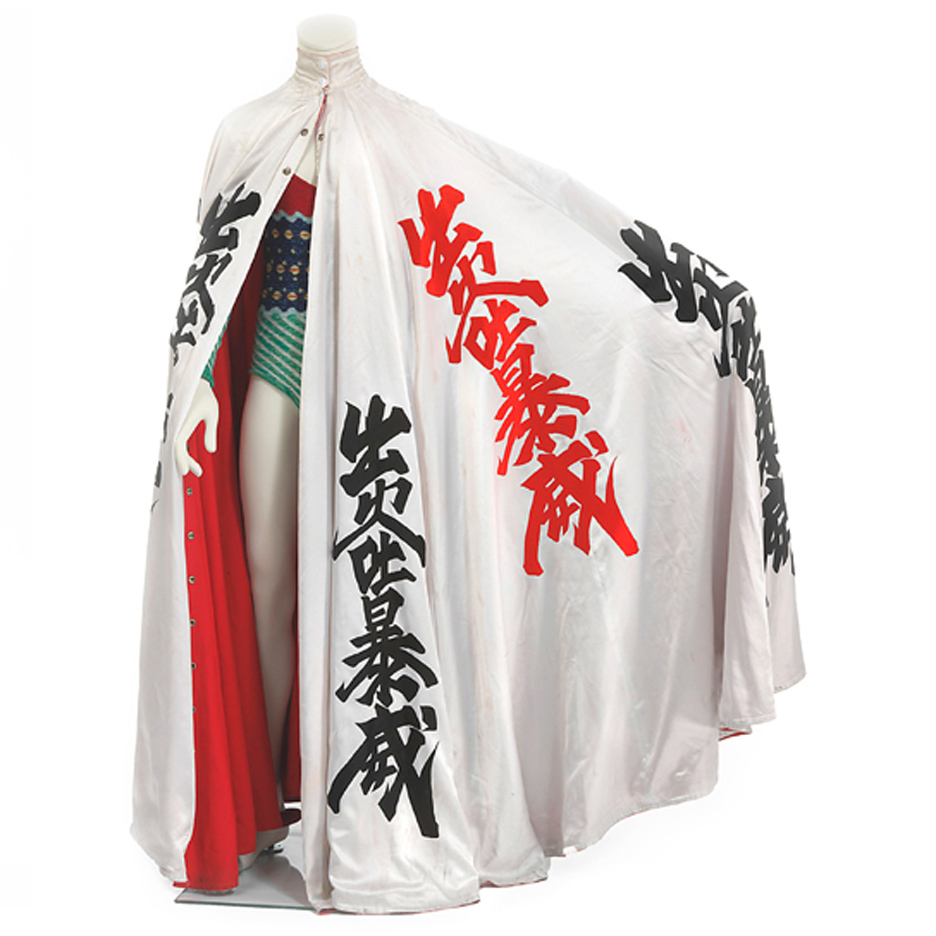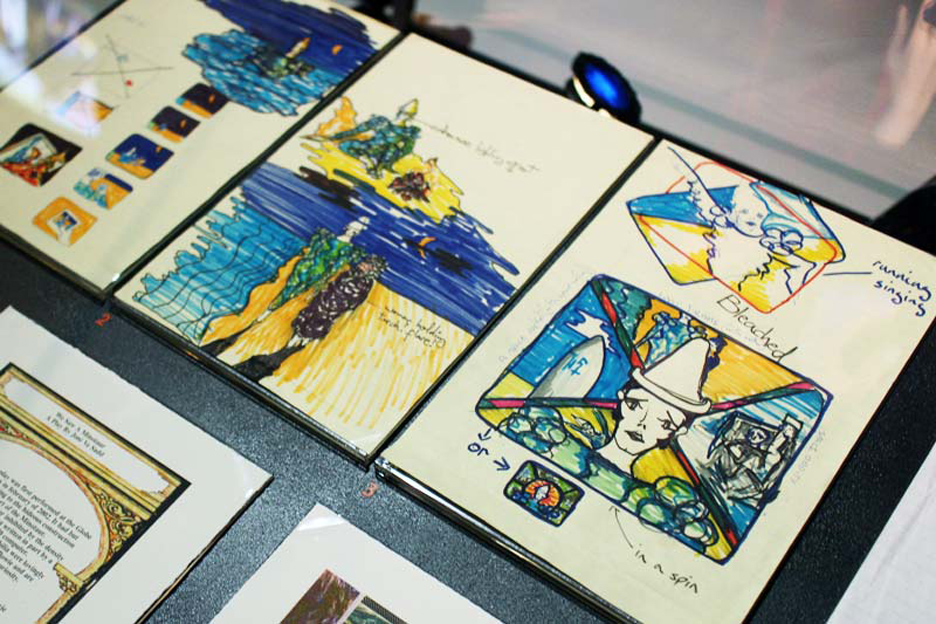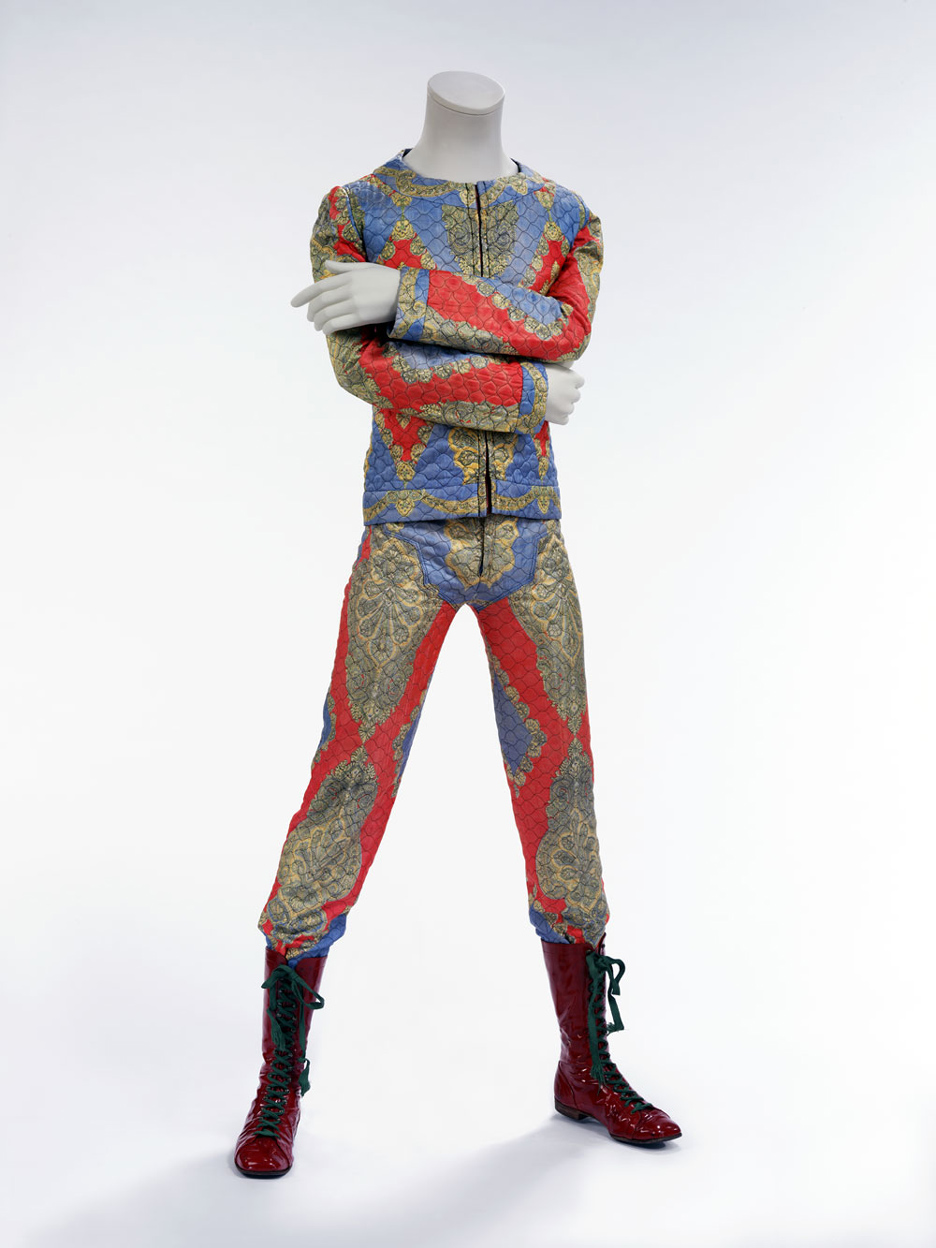David Bowie Is... curator selects five creative moments that helped shape the musician's career
A touring exhibition dedicated to David Bowie is extending its opening hours to meet demand following his death on Sunday. V&A curator Victoria Broackes, who helped organise the show, picks her highlights.
Broackes described Bowie as "such an inspiration for all kinds of reasons" during an interview with Dezeen.
"Bowie wasn't constrained by anybody's ideas about what's normal, whether this was what a pop star was, what you could wear as a man or woman, your sexuality, if you push the boundaries, and the status quo of all of those things," she said.
Broackes curated David Bowie Is... with Geoffrey Marsh for London's V&A museum in 2013, before it began a tour that has already taken it to three continents.
It is currently running at the Groninger Museum in the Netherlands until 13 March 2016. The museum sold more than 17,000 tickets to the show in the hours following news of Bowie's death, and has now extended its opening hours.
As a tribute to Bowie, Broackes has selected her favourite items from the show for Dezeen and explained the significance of each piece:
Cape and asymmetric knitted one-piece by Kansai Yamamoto, 1973

After seeing Yamamoto's 1970 show in London, Bowie met the fashion designer in New York a few years later and the pair began working together on stage costumes.
"Bowie chose his collaborators so carefully, and the was able to identify the person who was doing, or would be able to do, exactly what look, or feel, he was looking to do at the time," Broackes said.
"They had a very similar philosophy and they developed a huge fondness for each other."
Yamamoto created some of the most iconic costumes for Bowie's alter-ego Ziggy Stardust, including a huge cape patterned with Japanese script that he wore over a brightly coloured knitted one-piece with an arm and opposite leg missing.
"[The garments] were so dramatic," said Broackes. "What he could do was to appear in a cape and rip the cape off and appear in a bodysuit. We are so used to seeing them that they don't look quite as extraordinary as they must have seemed in the grey of Great Britain in 1972."
"At that stage Japan would have been perceived as a very alien culture, but Bowie was very, very interested in it from the start," she added.
Early sketches of costumes and set designs, 1962
Bowie created a number of sketches of costumes and set designs for bands he performed in during his teenage years. These included a Robin Hood-esque archer outfit and decorated stage panels, which demonstrated his early interest in creativity.
"His teenage sketches clearly showed that even at the age of 15, 16, he was not only thinking about making music, but also thinking about how to bring the music and visual together was an important part of presenting yourself," said Broakes.
"There was clearly the sign that he understood the power of the visual in bringing his music to life."
Storyboards for Ashes to Ashes music video, 1980

For his 1980 track Ashes to Ashes, Bowie created the storyboards that set out the visuals for the music video, including scenes filmed on a beach and his flamboyant Pierrot clown costume. He worked with British director David Mallet on the film, which Broackes suggested was the most expensive video ever made at the time.
"For Ashes to Ashes he had a very clear idea of what he wanted, and he sketched it out on the storyboards and you can see all of the elements that you see in the eventual video," she said.
The track also reprises his Major Tom character – a fictional astronaut from 1969 track Space Oddity – which Broackes says demonstrates how he cleverly linked the wildly different stages of his career.
"People always talk about Bowie and his changes, and that he just completely changes, but that's not quite true; things do come back," said Broackes.
Oxford Companion to Music book, published 1955
Bowie and bassist Dek Fearnley used the Percy Scholes' edition of the musical notation guide to learn how to create scores while recording for Bowie's first album in 1967.
"He wasn't constrained by a lack of [knowledge about the] area he was working in," said Broackes. "If he wanted to do something, he didn't say 'oh I'm not doing that, I'll get someone else to do it'. He said 'if I can't do that, I'll learn how to do it'."
"His book was well thumbed," she added.
Starman costume, 1972

In 1972, Bowie appeared on UK music programme Top of the Pops wearing a blue, orange and gold quilted two-piece suit. It was created by tailor Freddie Burretti, who was briefed by Bowie to produce an outfit influenced by director Stanley Kubrick's films A Clockwork Orange and 2001: A Space Odyssey.
"The electrifying effect of Bowie singing Starman that night has been gone over again and again, but I don't think it can be downplayed," said Broakes. "It seems to have been particularly overwhelmingly significant, particularly I'd say for teenage boys, all over the UK, who were perhaps feeling themselves to be outside the norm."
"This idea that Bowie represented people who felt themselves to be outsiders is so significant in his story and what he means to so many people," she added. "It can't really be overstated."